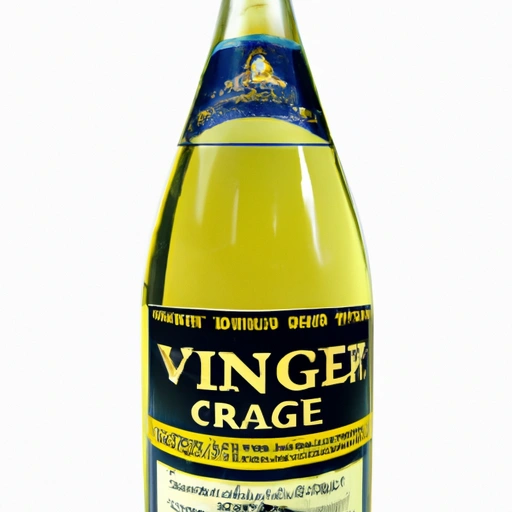Champagne Vinegar
Description

Champagne vinegar, known for its delicate flavor and pale golden color, is a gourmet ingredient that has found its way into the pantries of chefs and food enthusiasts alike. Made from the same grapes used to produce the esteemed Champagne, this vinegar is valued for its relatively mild and nuanced tartness. In both American and European units often used in recipes, it is measured in fluid ounces, teaspoons, tablespoons, cups, milliliters, and liters, ensuring its versatility across various cooking cultures.
Common uses
Champagne vinegar is commonly used as an ingredient in vinaigrettes, sauces, and marinades. It is also a popular choice for pickling, as it imparts a mild acidity that does not overpower the taste of the pickled produce. Furthermore, it is often used to deglaze pans, contributing to the creation of sumptuous pan sauces with a hint of complexity.
Nutritional value
Calories
Champagne vinegar is low in calories, making it a favored choice for those monitoring their caloric intake.
Protein
This vinegar contains negligible amounts of protein.
Fat
As with most vinegars, it is virtually free of fat.
Carbohydrates
Comprising mostly of acetic acid and water, it has minimal carbohydrates.
Vitamins
It contains small amounts of certain vitamins, such as vitamin C.
Minerals
There are trace minerals present in Champagne vinegar, including potassium.
Health benefits
The acetic acid in Champagne vinegar may have positive effects on blood sugar levels, and its low-calorie content supports weight management. Additionally, its antimicrobial properties can contribute to general health.
Potential risks
Overconsumption of any vinegar can lead to digestive discomfort or tooth enamel erosion. Champagne vinegar should be consumed in moderation, especially by those with acid reflux or other gastrointestinal sensitivities.
Common recipes
It is a star ingredient in elegant salad dressings, light sauces, and gourmet marinades.
Cooking methods
Champagne vinegar is best used in cold applications or added at the end of the cooking process to preserve its subtle flavor.
Pairing with other ingredients
Its refined taste pairs well with extra virgin olive oil, Dijon mustard, fresh herbs, and a variety of greens and vegetables.
Summary
Champagne vinegar, with its refined taste and rich history, is a versatile and luxurious ingredient suitable for a range of culinary applications. From simple vinaigrettes to complex sauces, it adds a touch of elegance to any dish. Its nutritional profile and potential health benefits make it an appealing choice for health-conscious individuals, while its mild acidity is suitable for delicate palates. When used in moderation, it can enhance your cooking without any significant risks.